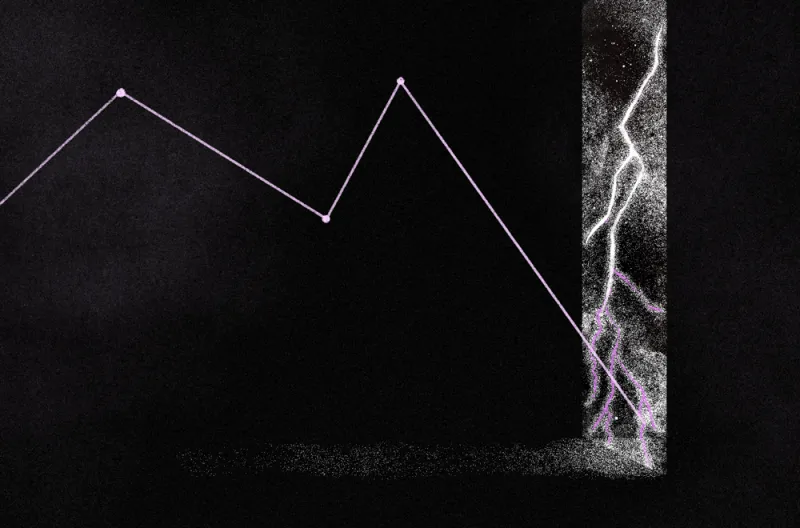Whether endowments — with their complex portfolios filled with private equity and other alternative investments — can beat a simple and cheap fund of stocks and bonds has become a spectator sport. In a reversal of the last two years, research firm Markov Processes International is predicting that Ivy League endowments’ fiscal year 2019 returns will lag a portfolio made up of 60 percent stocks and 40 percent bonds.
Since endowments have not yet reported actual returns for the year ending June 30, MPI estimated 2019 fiscal year returns using 2018 performance data from the National Association of College and Business Officer and an analysis of 2018 asset class exposures of endowments done for Institutional Investor.
According to MPI’s analysis released Friday, the average Ivy League endowment has generated estimated returns of 8.7 percent for fiscal year 2019, underperforming a 60-40 portfolio’s 9.9 percent return. Large endowments, or those with more than $1 billion in assets, were estimated to have returned 7.2 percent. The average medium endowment was expected to deliver 6.3 percent, while small endowments with $101 million to $500 million in assets earned an estimated 6 percent return.
MPI’s predictions are gross of some fees and expenses, so the endowments’ actual results could be lower. The 60-40 benchmark MPI used for the study was comprised of the S&P 500 Index and Bloomberg Barclays U.S. Aggregate Bond Index, rebalanced quarterly.
“Exposure to hedge funds, foreign equity, and natural resources were the major sources of performance drag,” according to the MPI report. Natural resources lost 6.8 percent between July 1, 2018 and June 30, 2019. Hedge funds, which have been underperforming for years in benign markets and which endowments have heavy allocations to, returned 1.9 percent during that time period. Foreign developed markets equities returned only 1.1 percent compared to the 10.4 percent return of domestic U.S. equities.
Endowments’ investments in private equity and venture capital paid off, even if those gains were countered by the subpar returns of hedge funds, foreign equity, and natural resources. Venture capital returned 16.2 percent and private equity returns were 11.1 percent, according to the report. MPI, which uses Cambridge Associates’ venture capital and private equites indices, estimated returns for the second quarter at 2 percent, because final statistics are not yet available.
Unlike the average Ivy, Yale University endowment, run by CIO David Swensen, was expected to beat a 60-40 portfolio with a 10.1 percent return.
[II Deep Dive: David Swensen is Great for Yale. Is He Horrible for Investing?]
While a plain vanilla portfolio would have been the better option for the average institution for the period between July 2018 and the end of June, it was an extraordinary year by most measures, according to MPI.
For one, the performance of the S&P 500 for the first half of 2019 was the best since 1997.
“FY2019 saw a dramatic correction followed by a swift recovery in domestic stocks driven by a suddenly patient and accommodative Fed,” the report stated. “Variations from benchmarks and increased allocations to risk mitigation strategies, like hedge funds, or reallocating domestic equity exposure to lower valuation segments of the global stock market, namely foreign developed and emerging markets stocks, would have challenged performance relative to a passive 60-40 portfolio.”
MPI also evaluated the effect of the market correction in the fourth quarter of 2018 on endowments.
The research firm estimated that small endowments lost a little more than 8 percent, more than a 60-40 portfolio. MPI noted that Yale, other Ivy League funds, and large endowments were projected to have suffered smaller drawdowns during the fourth quarter — but then appeared to “lag in the recovery that unfolded over the 1st half of calendar year 2019, especially Q1.” A 60-40 portfolio returned around 9 percent in the first quarter, while Yale was estimated to return a little more than 4 percent and Ivies as a whole were projected to have delivered an almost 6 percent return.
Some of that has to do with the values of private investments. “Yale and other Ivies were likely not impacted as much as smaller endowments during the correction given their outsized investments in private assets with book-value rather than market-driven accounting,” MPI said.
Although the Ivies have outperformed a 60-40 portfolio the last two years, MPI concluded that streak will be broken this year. However, Yale may be an outlier.
“Individual systems with exceptionally high exposure to PE and VC, like Yale, however, could come close to the 60-40 benchmark,” the report stated. “Indeed, we project Yale to slightly outperform a balanced portfolio with a return of 10.1 percent (albeit gross of some fees/expenses – which could be significant for private assets!).”







